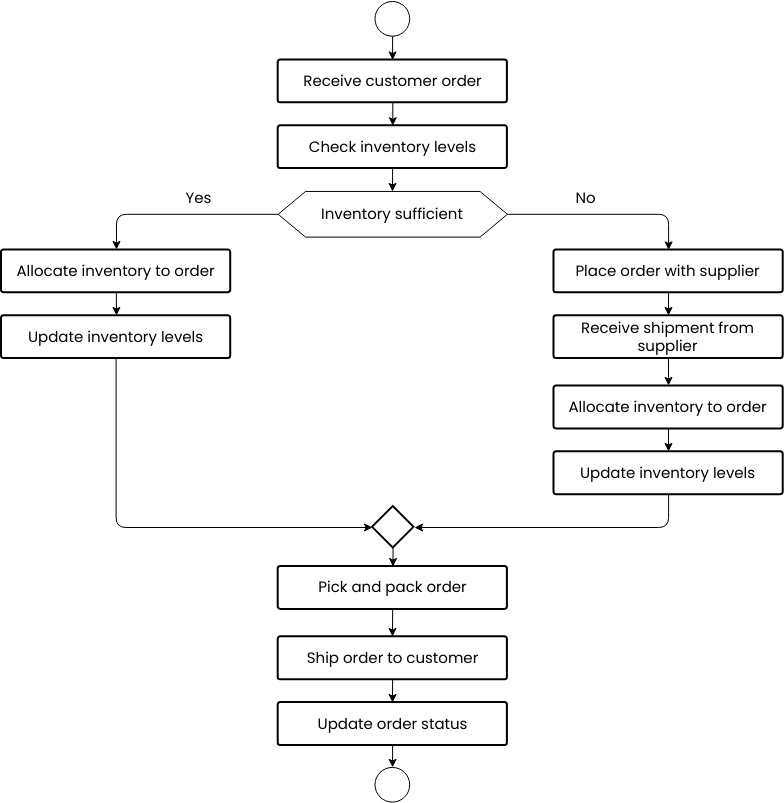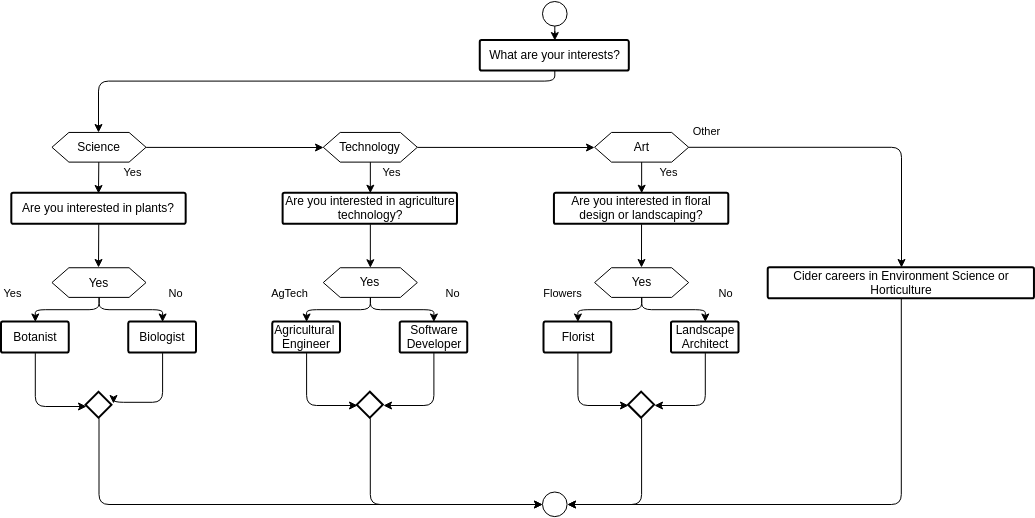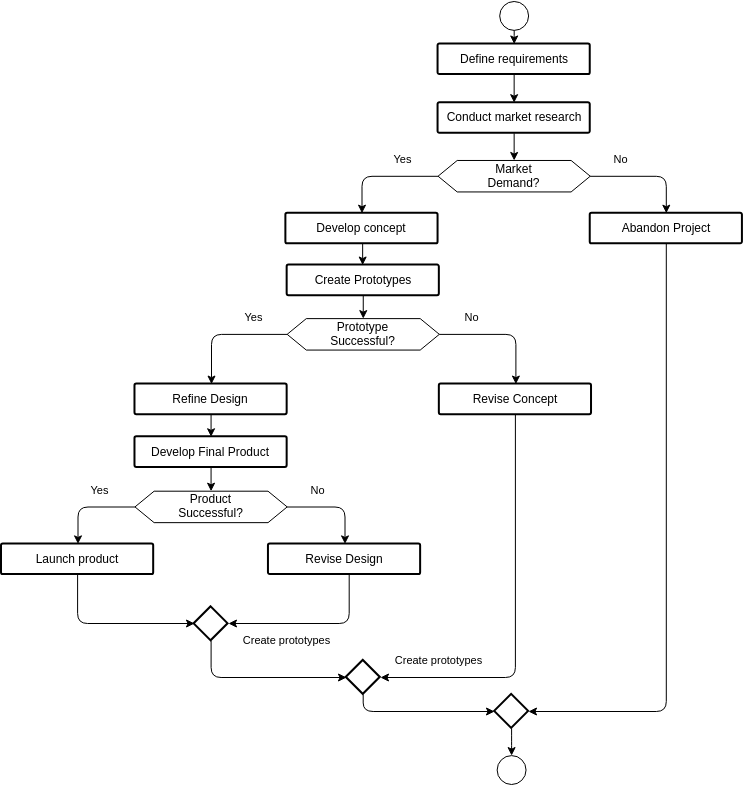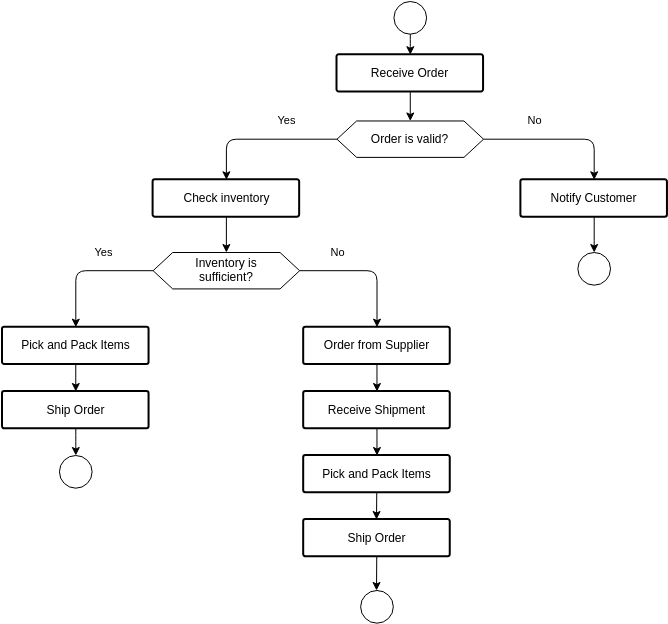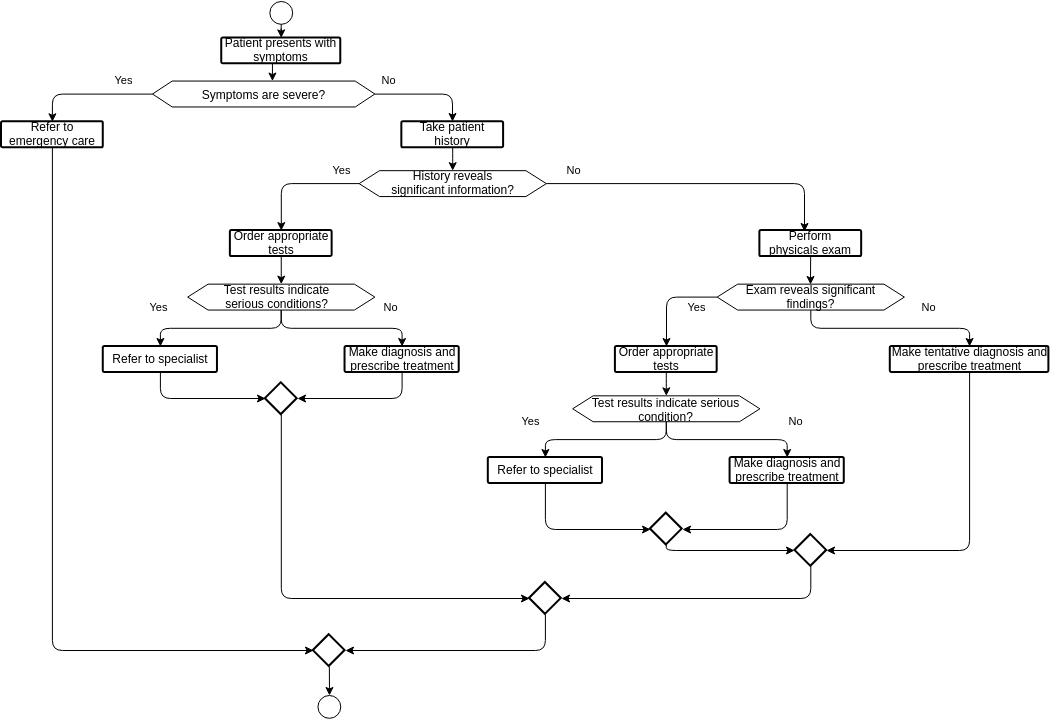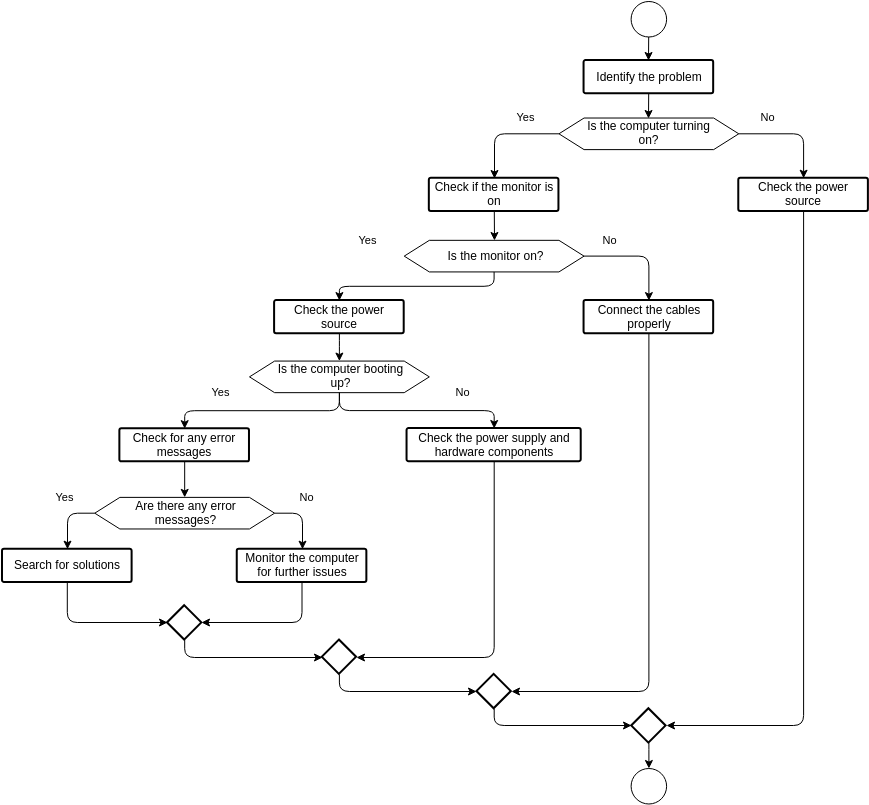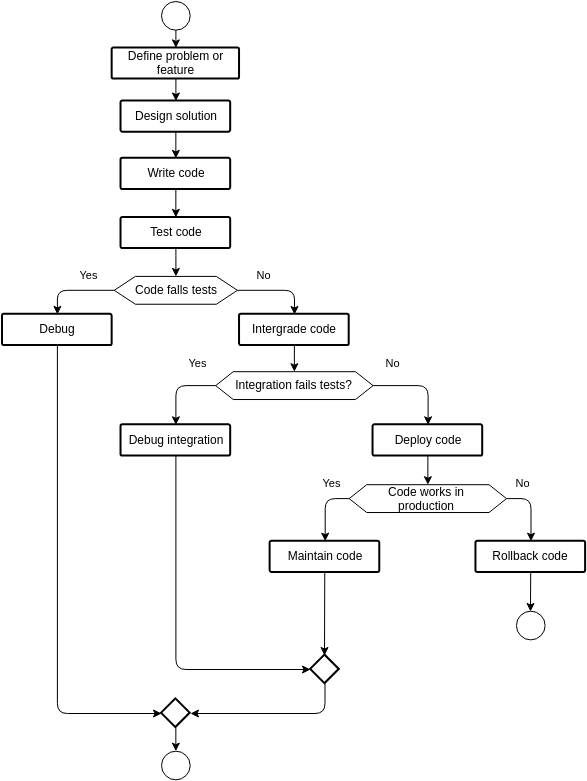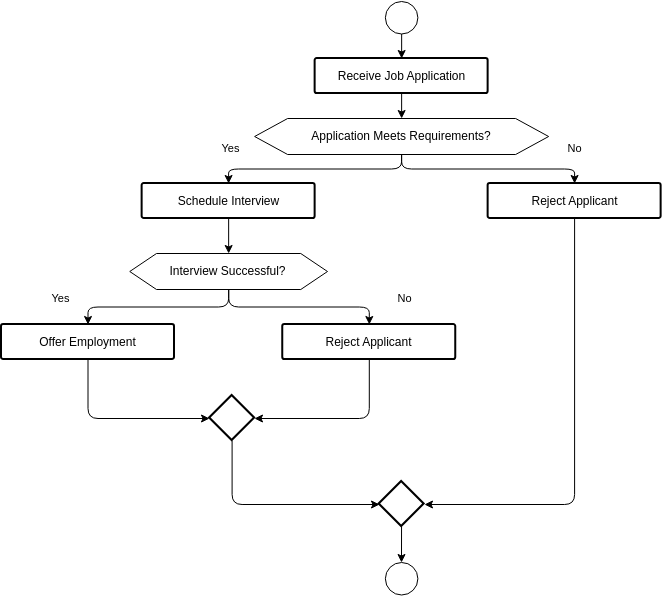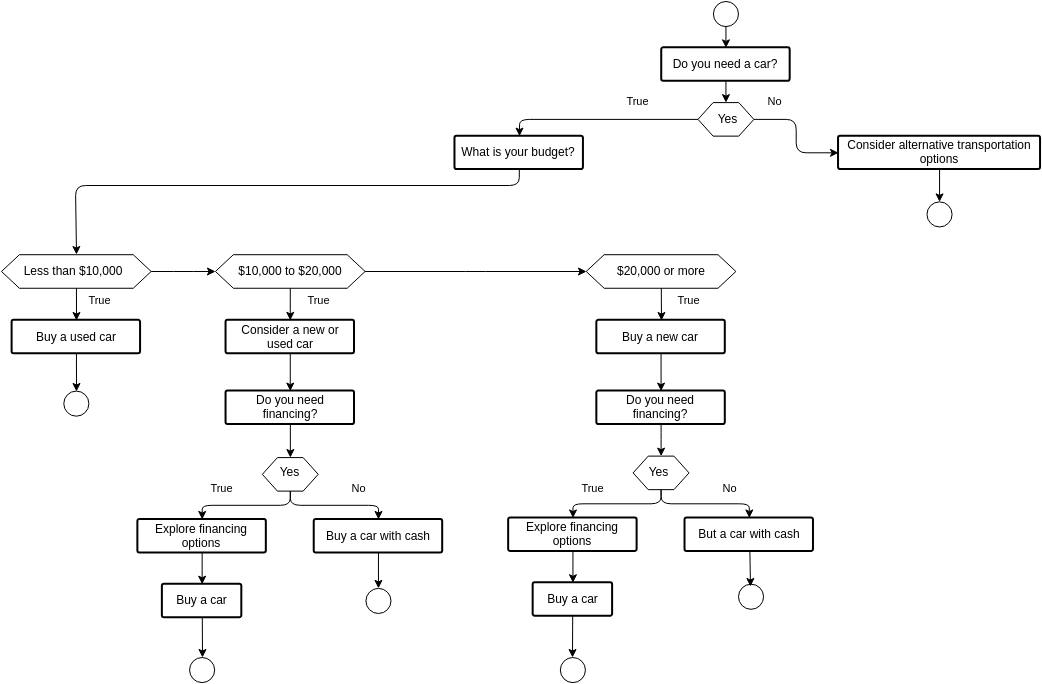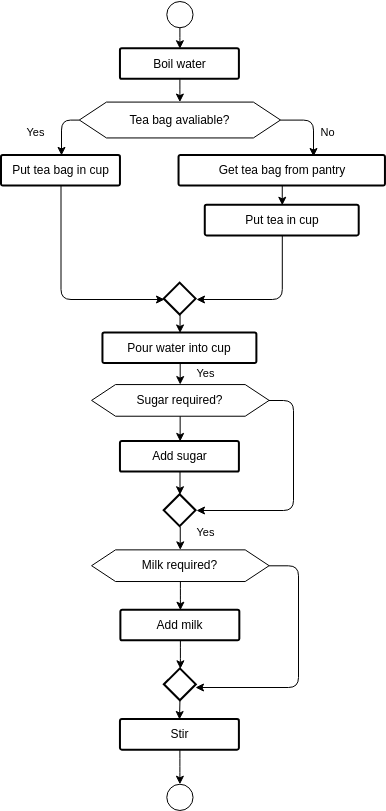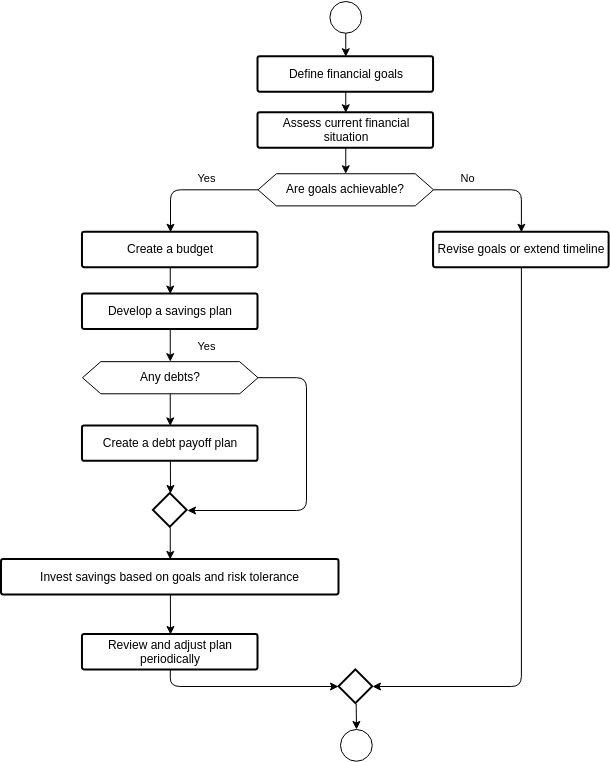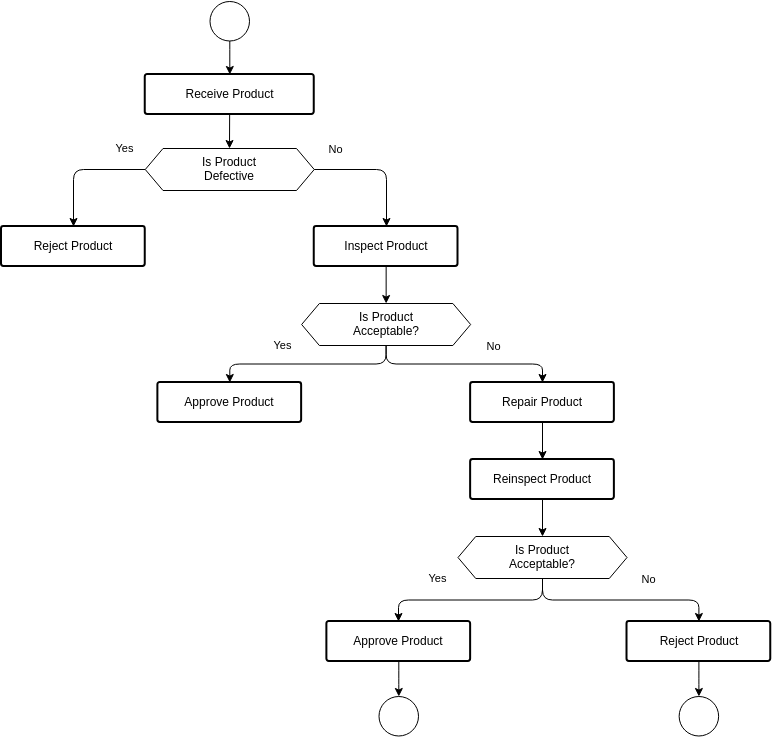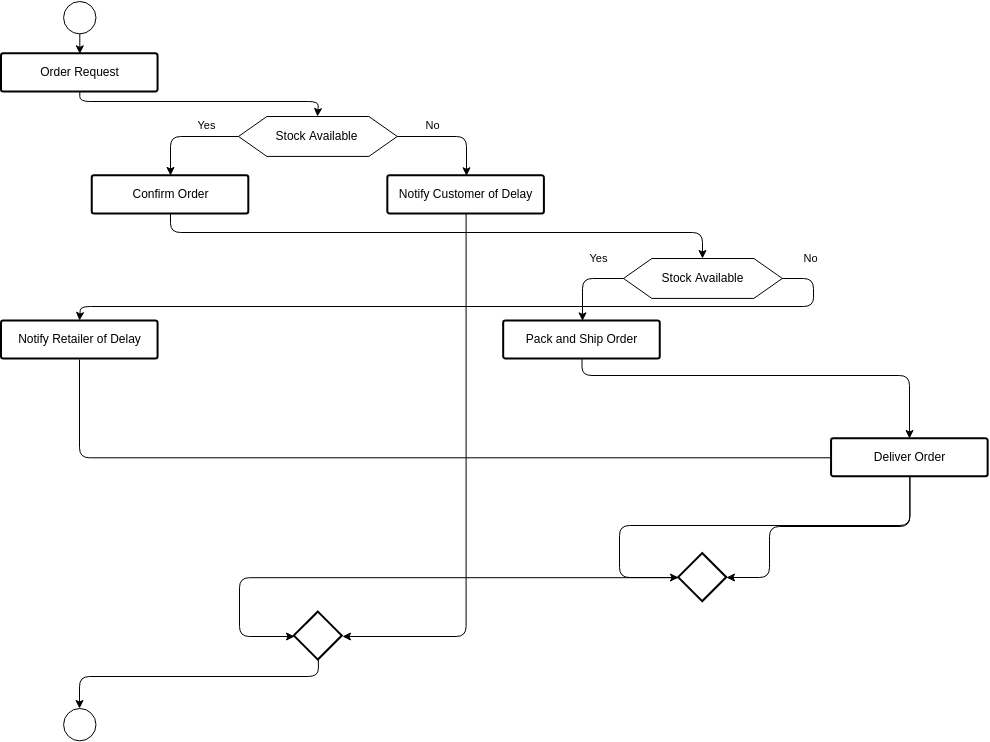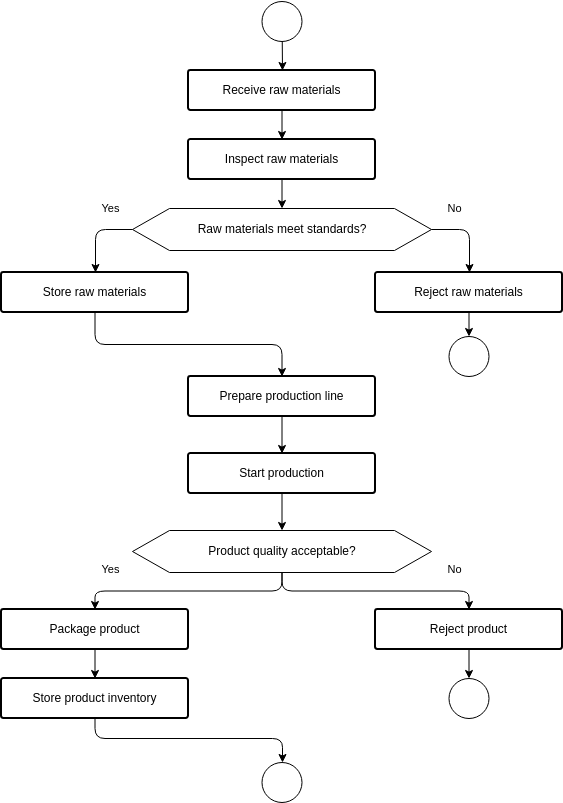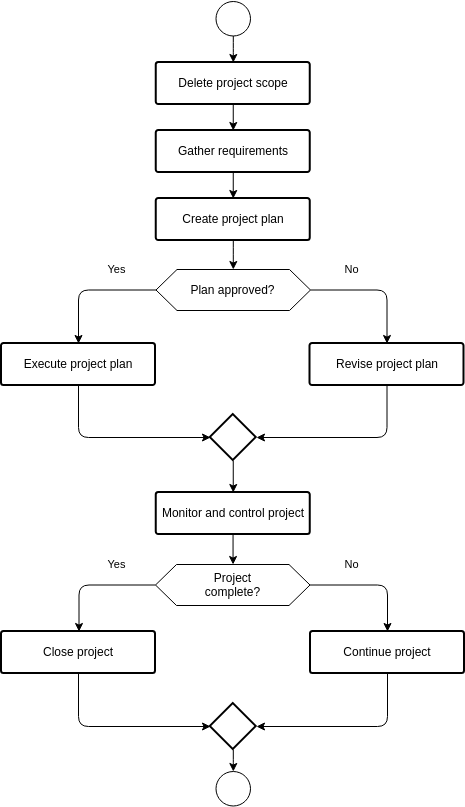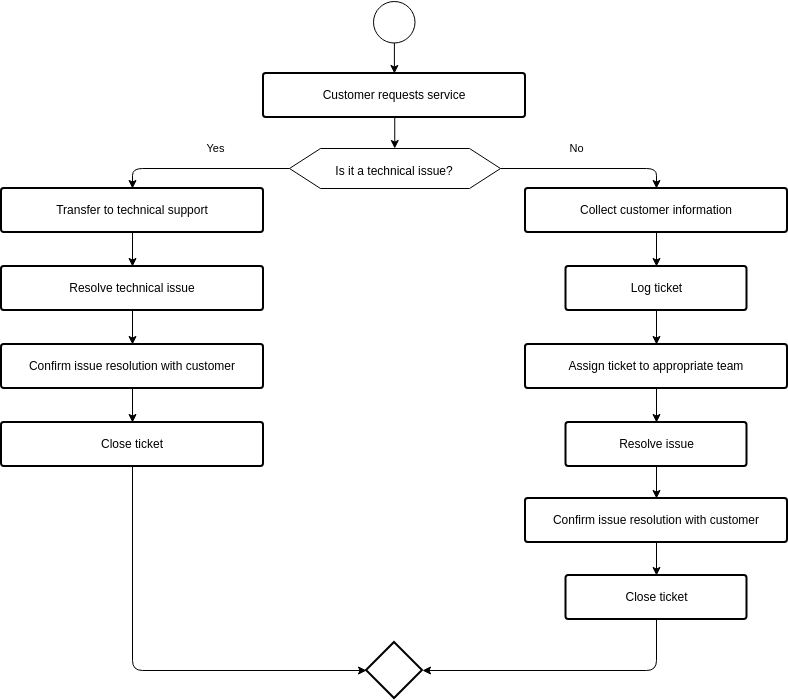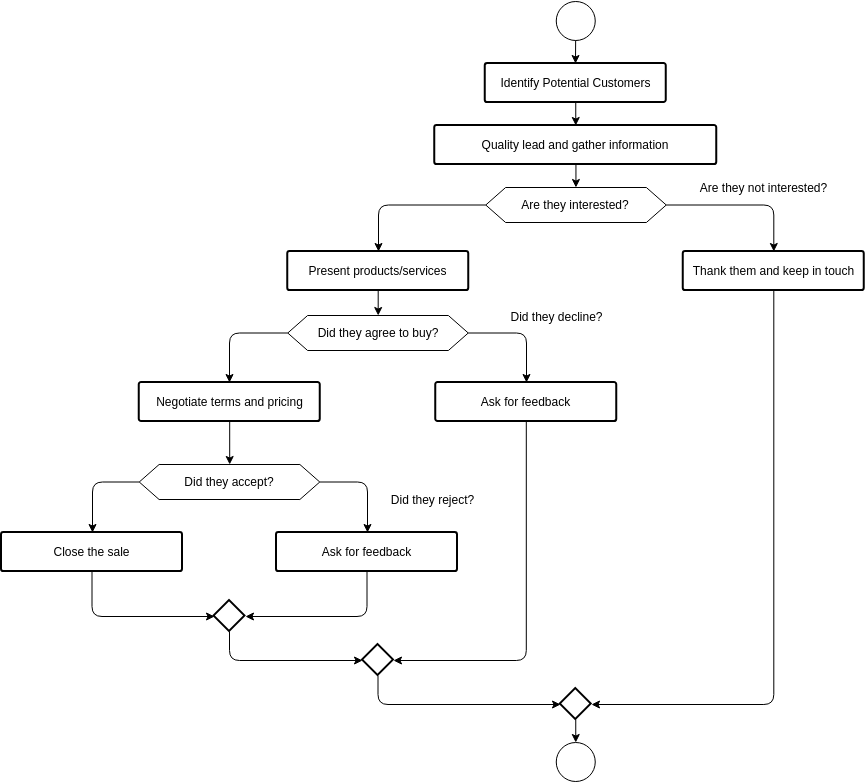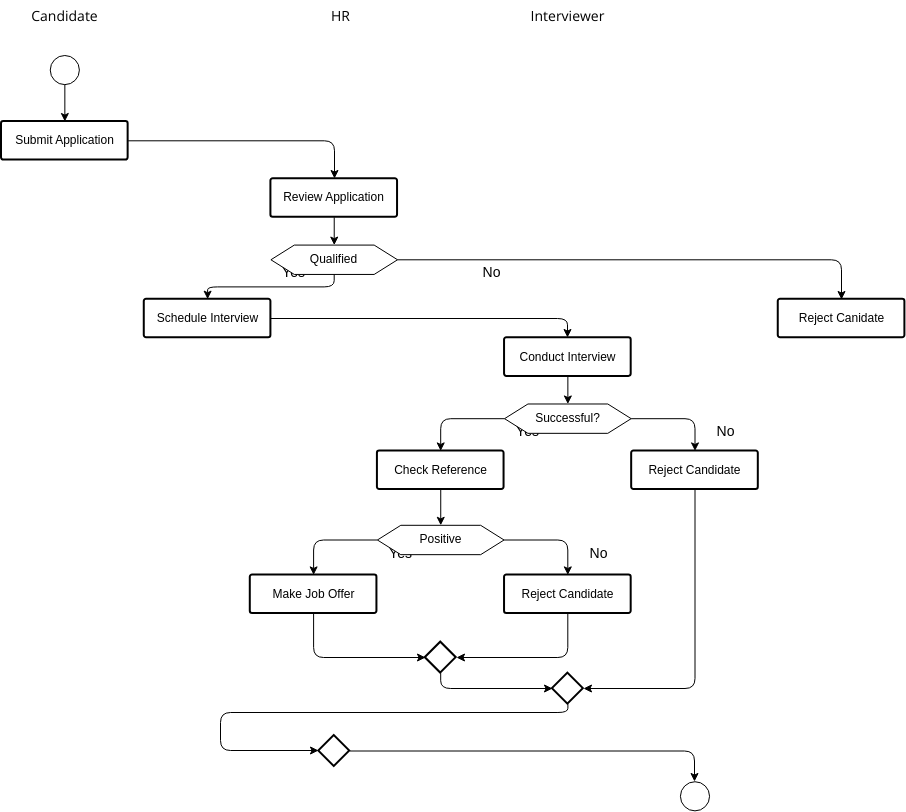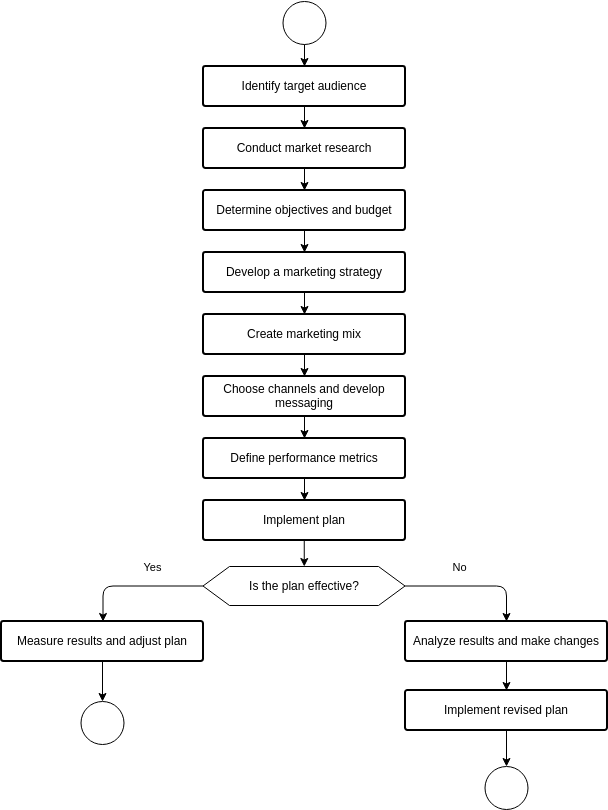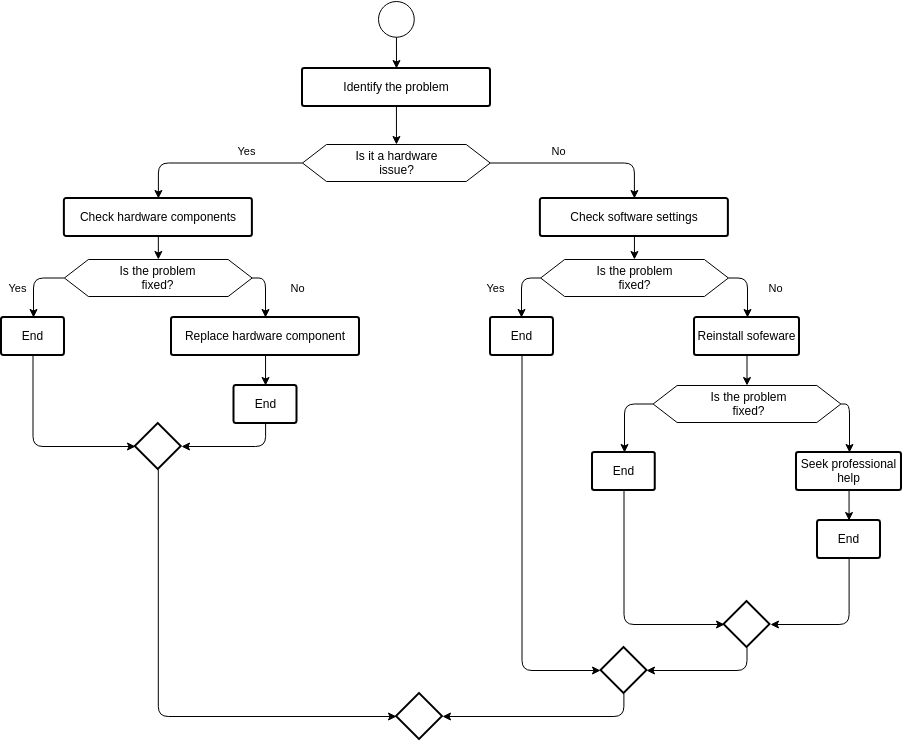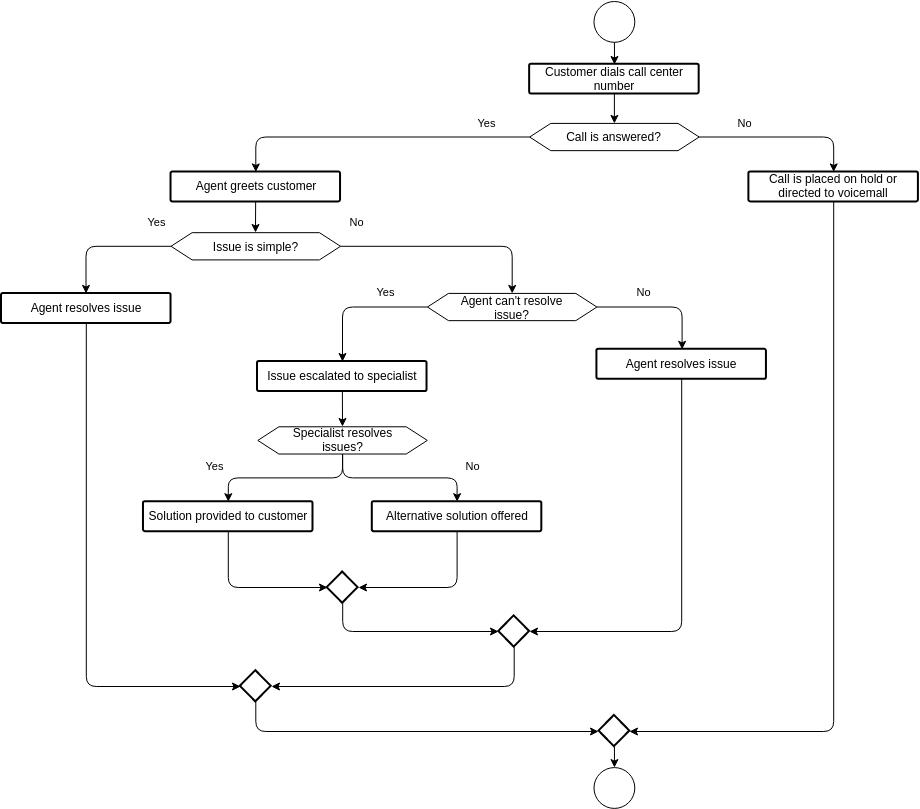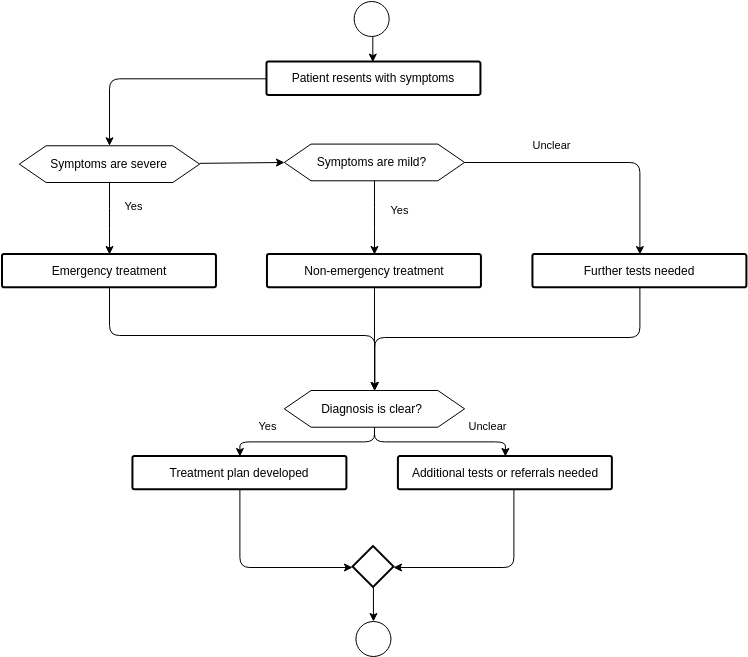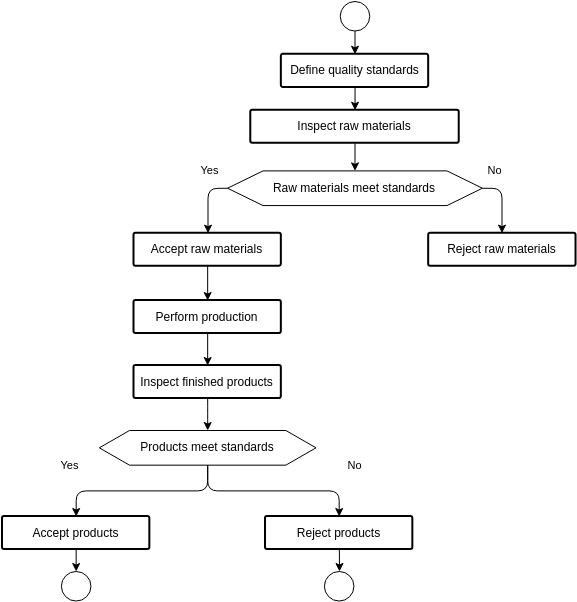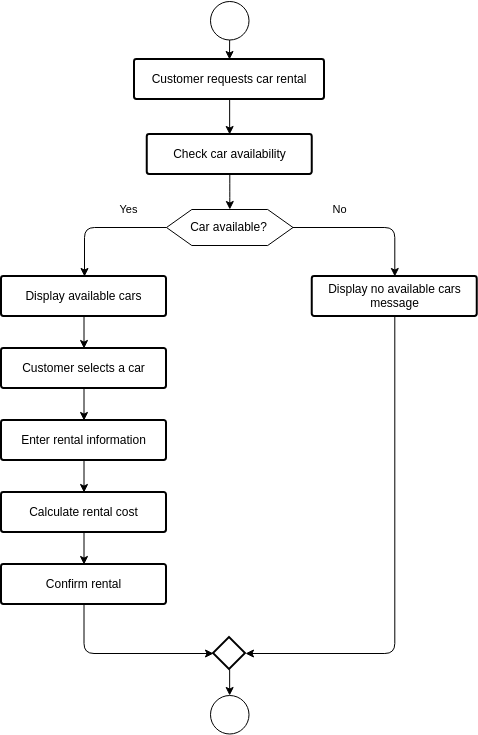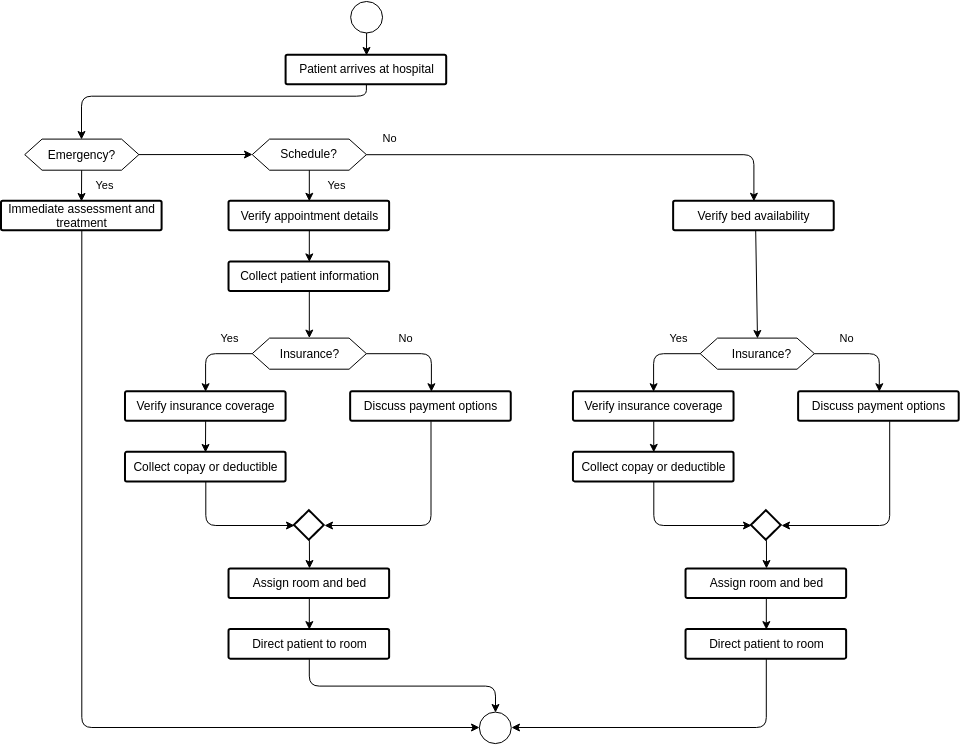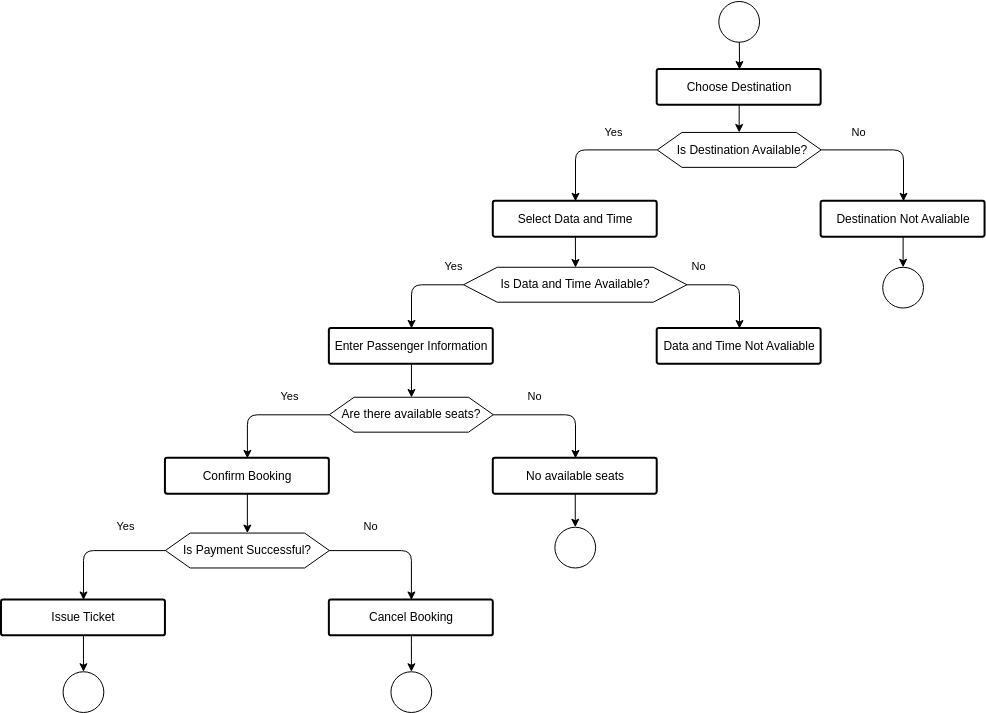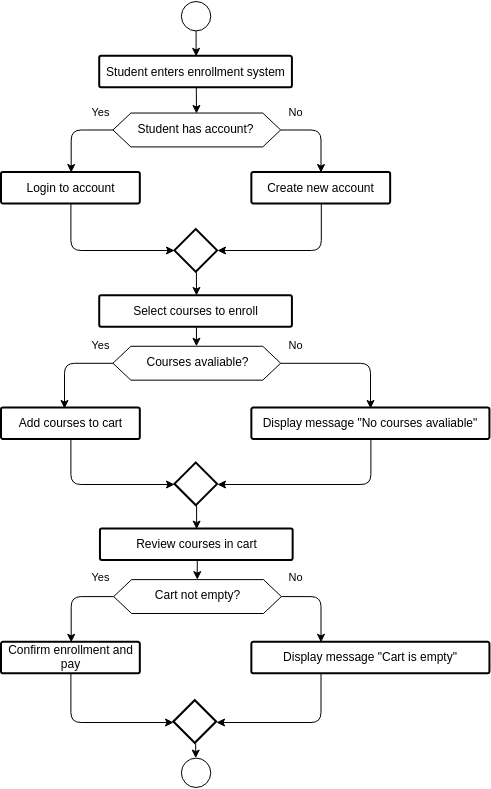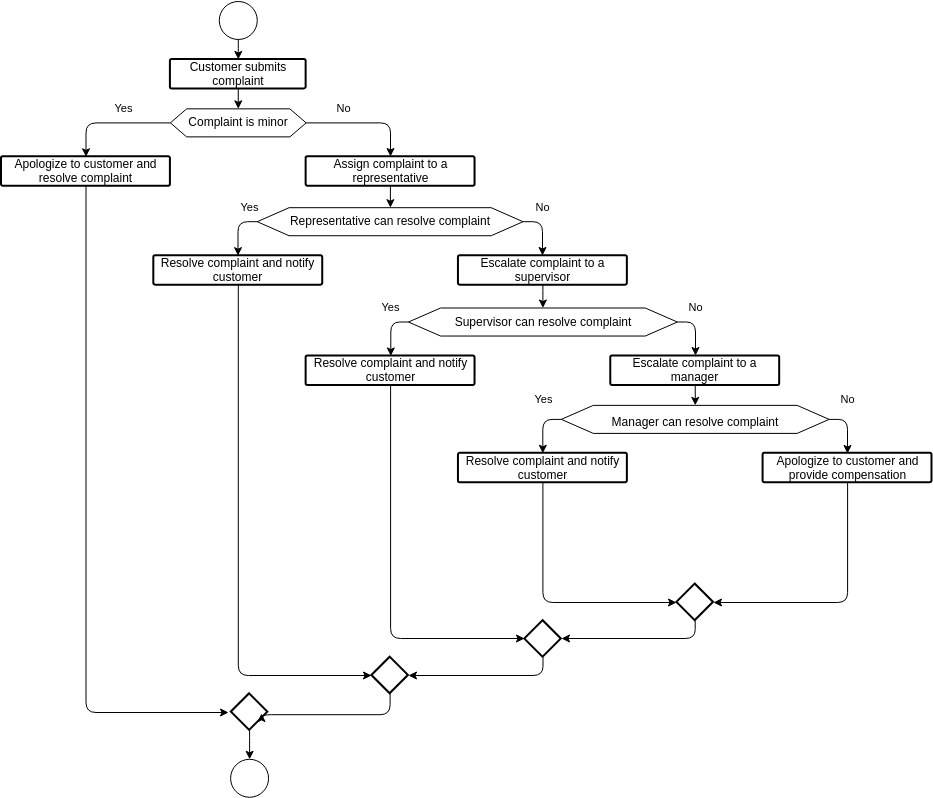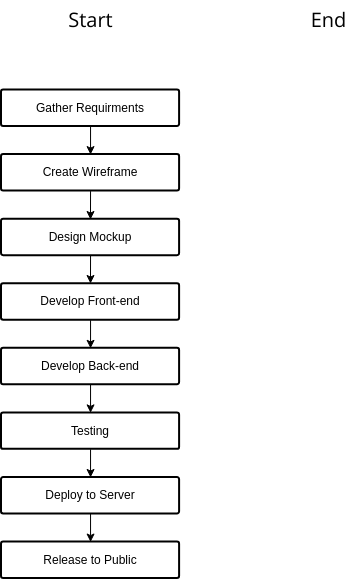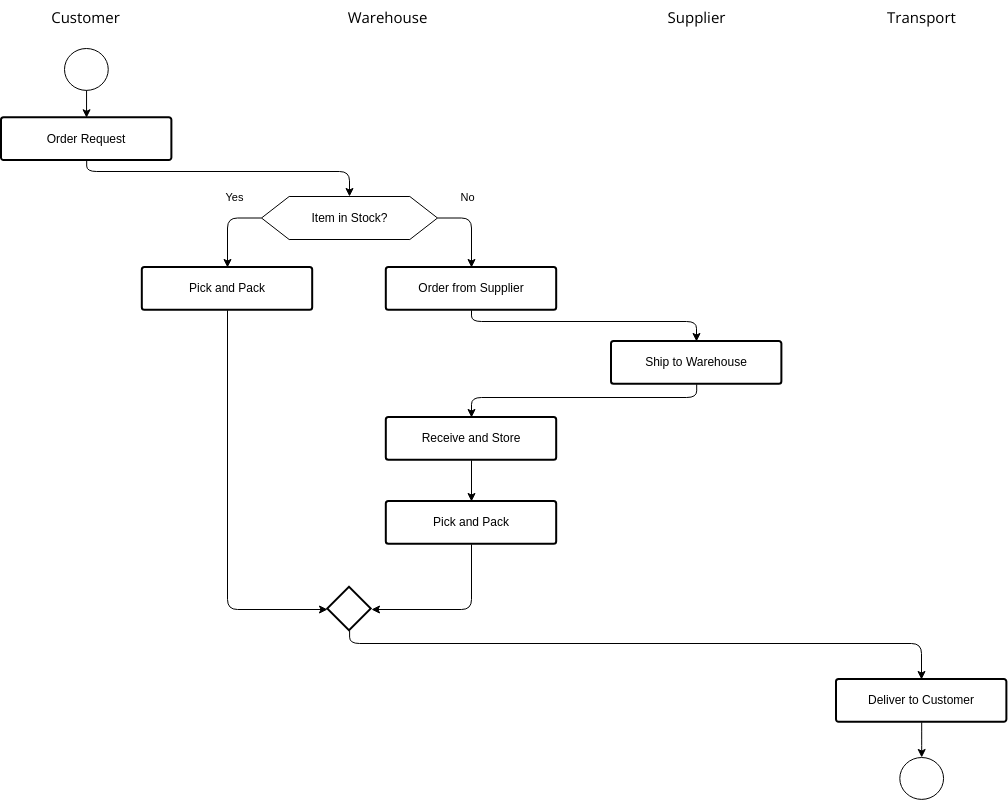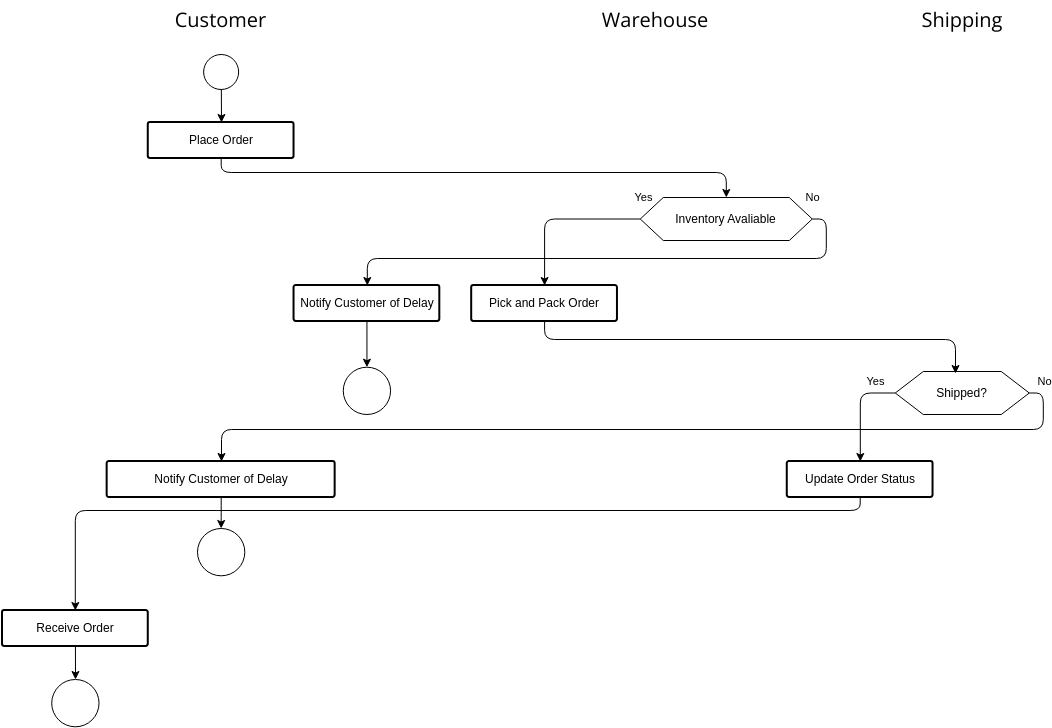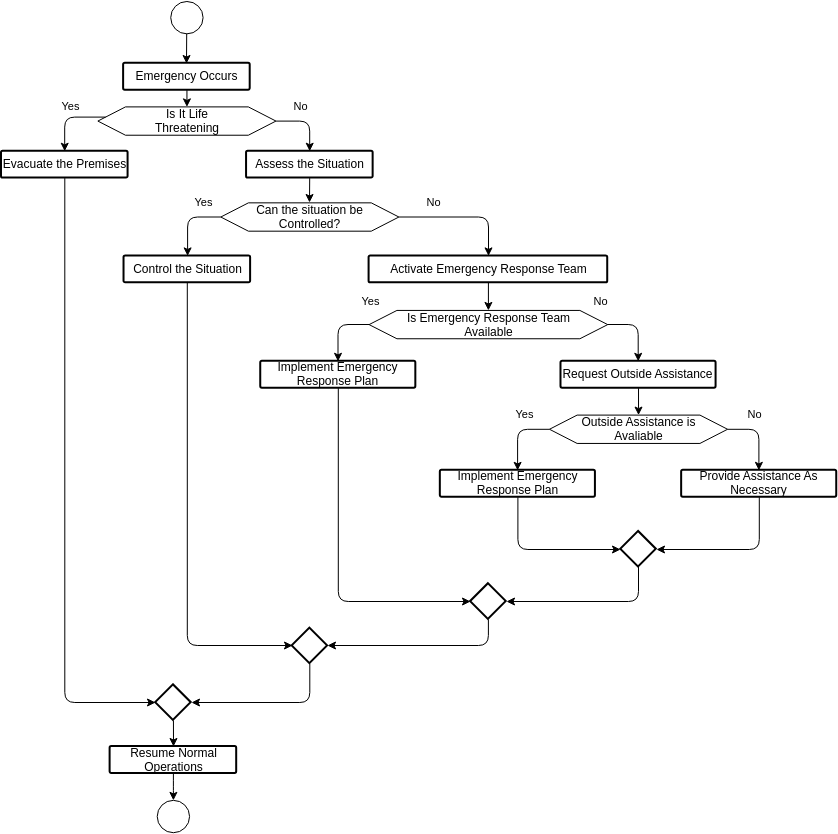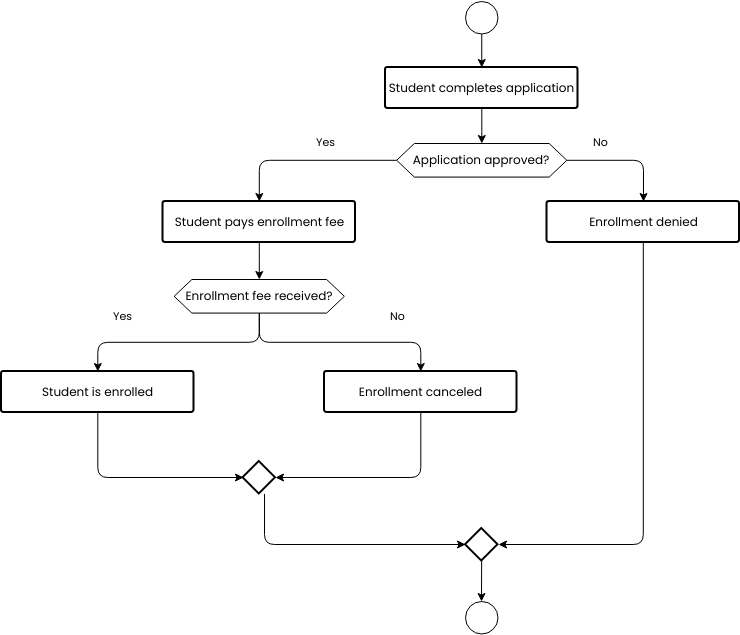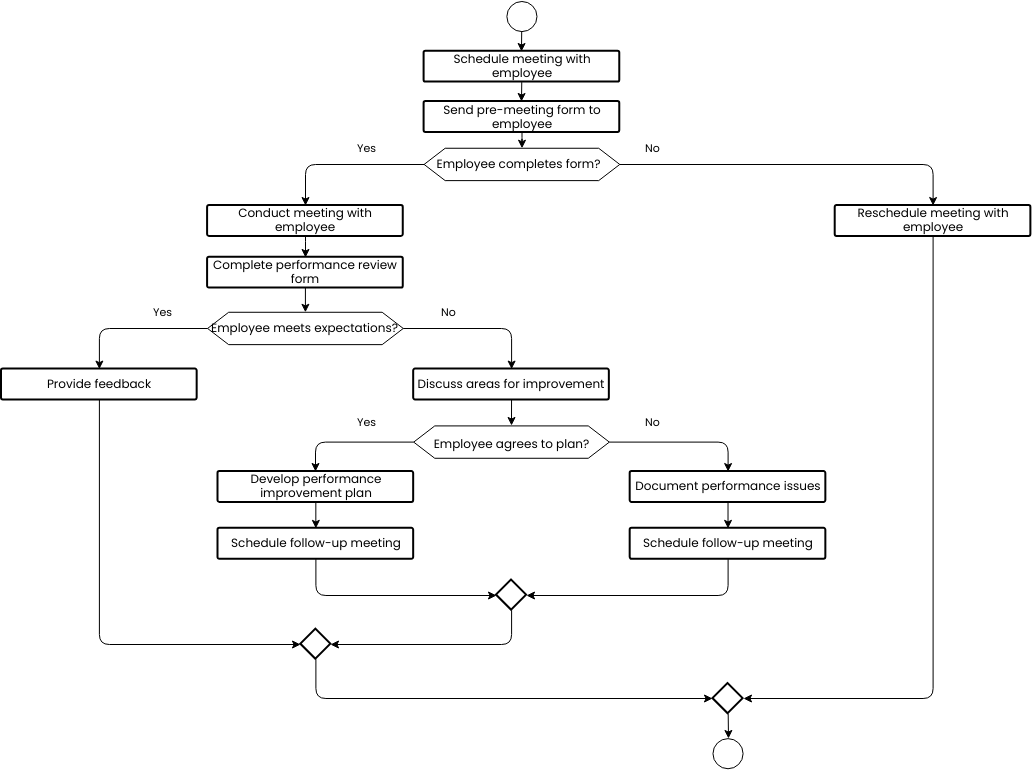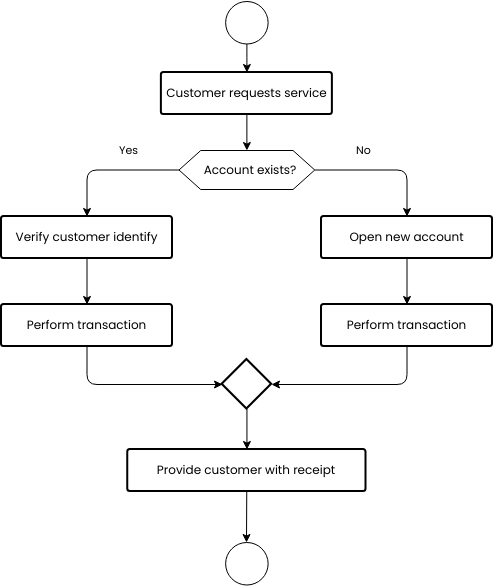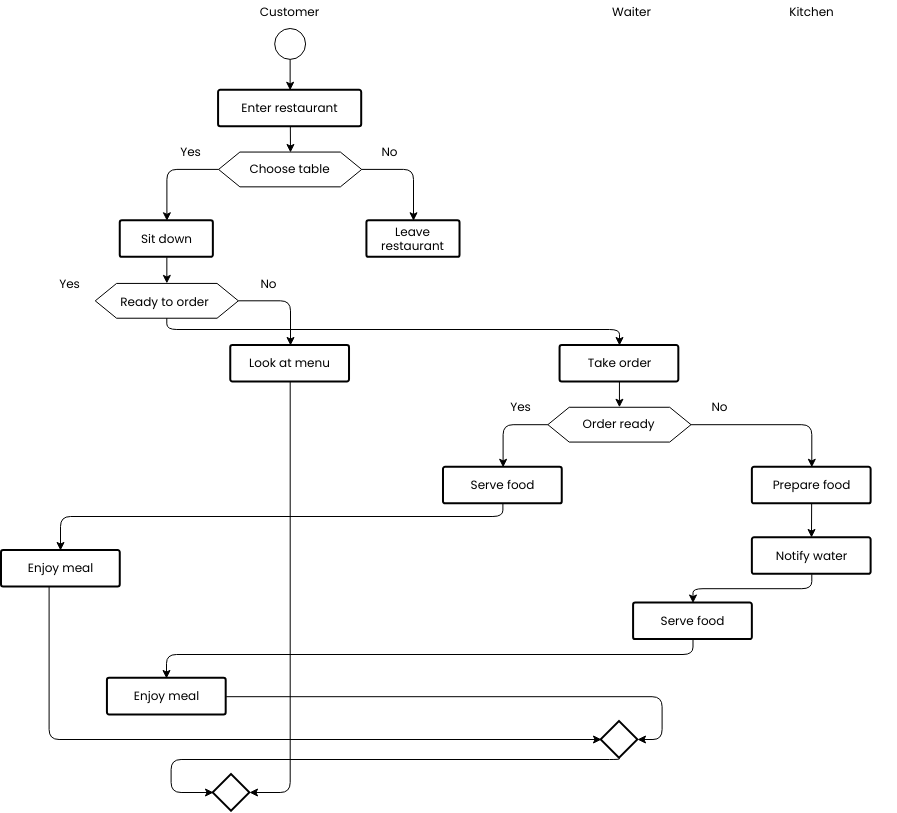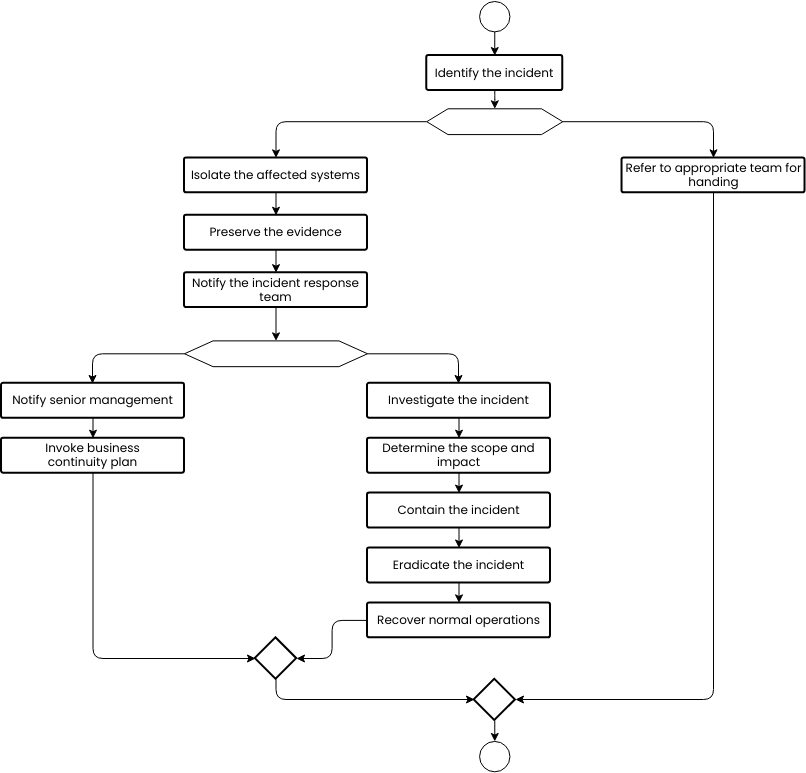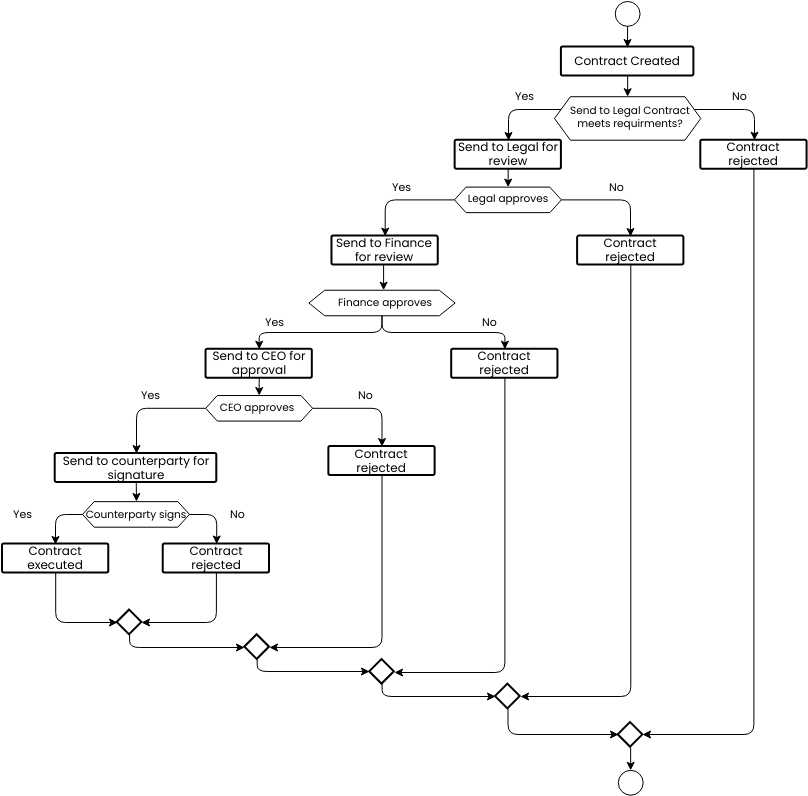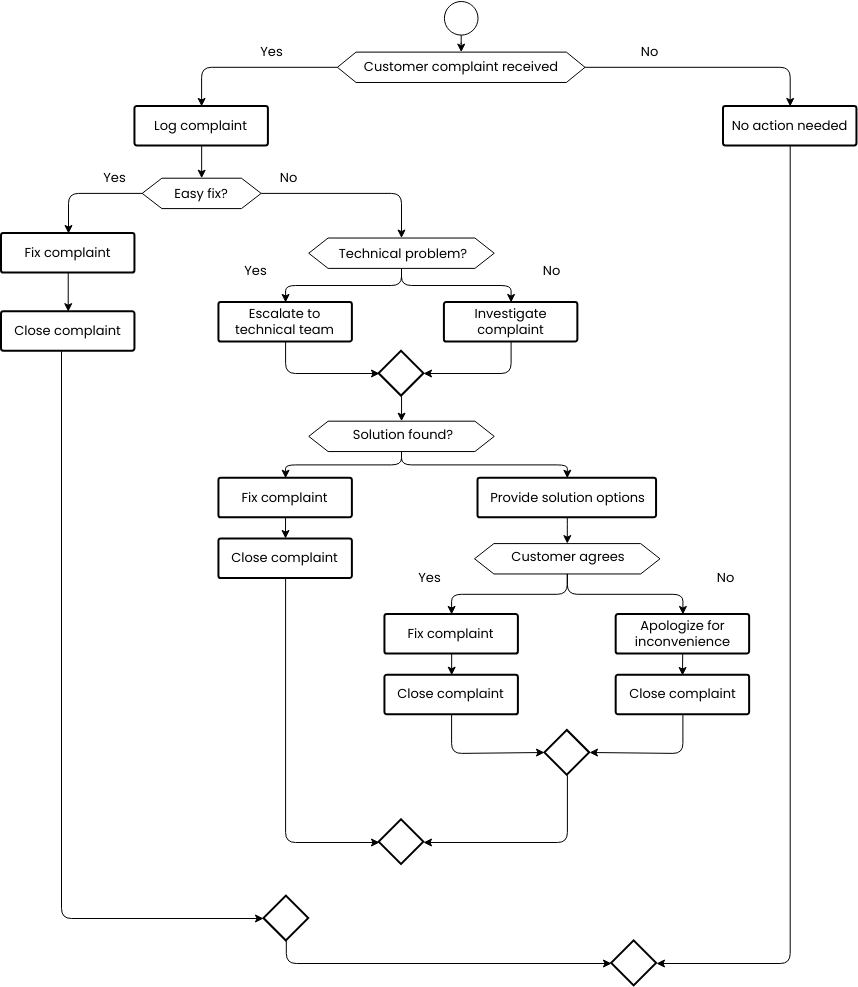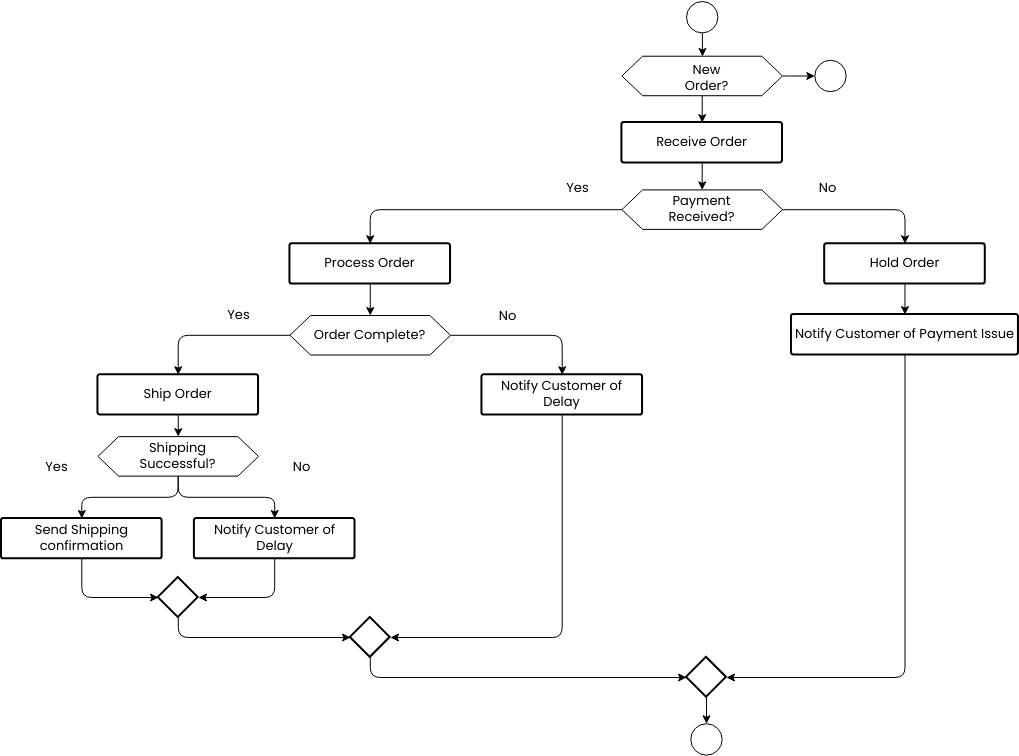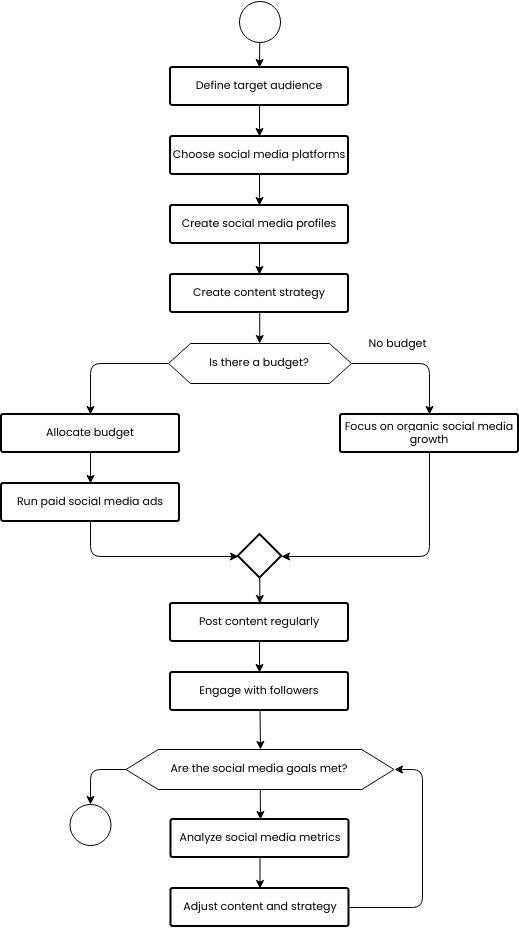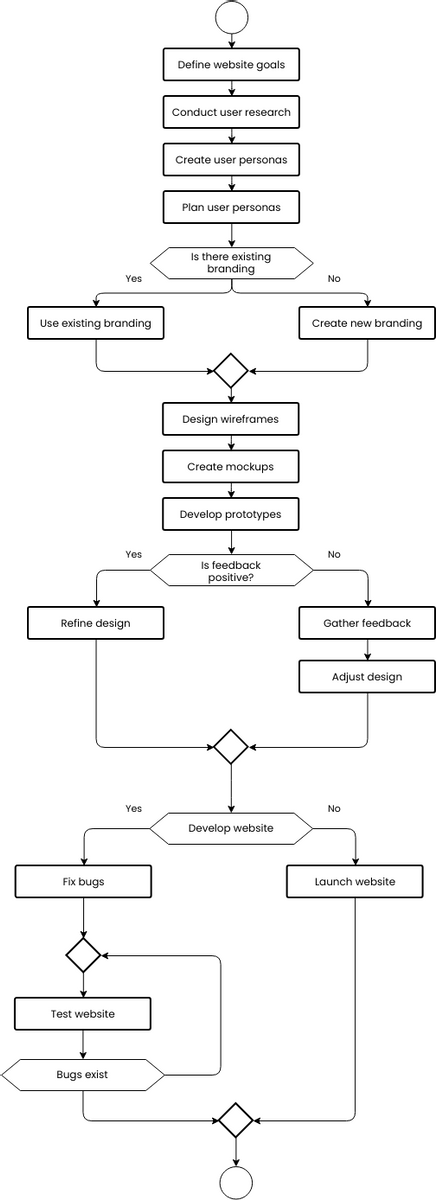Supply Chain Management Flowchart
A supply chain management flowchart provides a visual representation of the steps involved in managing the flow of goods and services from suppliers to customers. The flowchart outlines the steps involved in receiving customer orders, managing inventory levels, placing orders with suppliers, receiving shipments, allocating inventory, picking and packing orders, shipping orders to customers, and updating order status.
The first step in the flowchart is to receive the customer order, followed by checking inventory levels to determine whether the items are in stock. If the items are not in stock, the next step is to place an order with the supplier. Once the order has been placed, the shipment is received, and inventory is allocated to the order. The next step is to pick and pack the order and then ship it to the customer. Finally, the last step is to update the order status, communicating the status of the order to the customer.
By following each step in the flowchart, organizations can ensure that orders are fulfilled efficiently and effectively, inventory levels are managed effectively, and customers receive timely updates on the status of their orders. This can help to improve customer satisfaction, reduce costs, and enhance the overall efficiency of the supply chain.
The flowchart helps organizations to manage the supply chain more effectively by providing a standardized process for managing orders and inventory. This can help organizations to identify potential bottlenecks or inefficiencies in the supply chain, enabling them to make changes to improve overall performance.
The flowchart can also help organizations to build stronger relationships with suppliers and customers by providing a clear and concise process for managing orders and communicating with stakeholders. This can help to build trust and enhance the overall reputation of the organization.
Benefits of creating a flowchart
Creating a flowchart can provide numerous benefits for organizations in a variety of fields. A flowchart is a visual representation of a process or system that outlines the steps involved in achieving a specific outcome. By creating a flowchart, organizations can improve efficiency, reduce errors, enhance communication, and improve overall performance.
One of the main benefits of creating a flowchart is that it provides a clear and concise overview of a process or system. This can help organizations to identify potential bottlenecks or inefficiencies, enabling them to make changes to improve overall performance. Additionally, having a visual representation of the process can help to improve communication among team members, reducing the risk of errors or miscommunications.
Another benefit of creating a flowchart is that it can help to reduce errors and improve efficiency. By following a standardized process outlined in the flowchart, organizations can ensure that tasks are completed consistently and efficiently, reducing the risk of errors or inefficiencies. This can help to save time and resources, ultimately contributing to the success of the organization.
Are you in need of flowchart design templates? Visit Visual Paradigm Online now and explore a variety of customizable templates to choose from.
